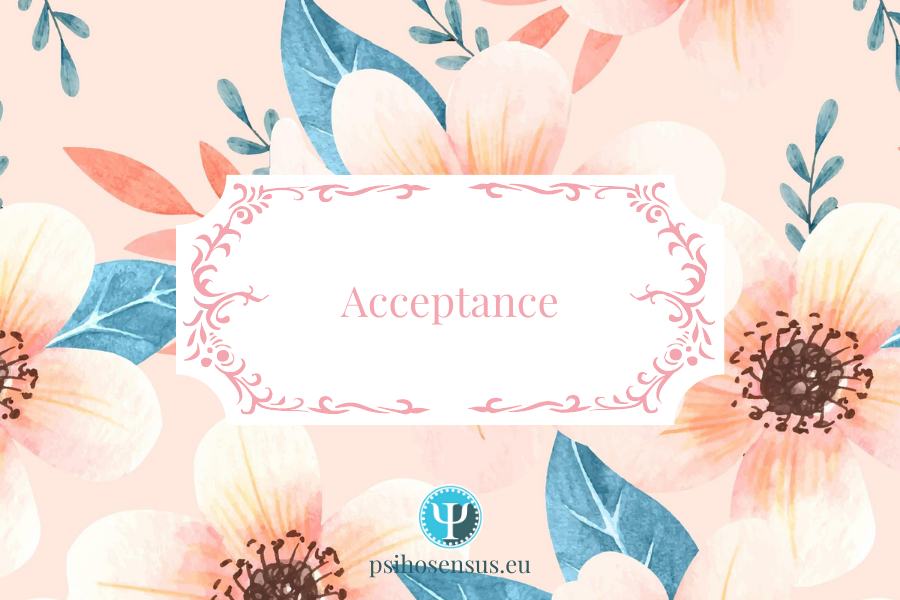Written by Valentina Dragomir, Psychotherapist |

Maybe you have experienced emotions or anxiety before an exam or an important event that felt like agitation, anticipation, nervousness. These emotions make your body tremble, have superficial breathing. These are normal and describe anxiety, but there are significant differences between anxiety as an emotion and anxiety as a disorder.
Today we talk about anxiety disorders and their symptoms, how many types there are, and we will see that they are not the same as anxiety. Anxiety is a feeling we all have at some point in our lives, or in the face of important events, but this does not mean that we have an anxiety disorder. Another big difference is that a disorder causes a lot of suffering and imbalances on the functional levels of life.
What are anxiety disorders?
Anxiety disorders are a general term that defines a group of mental health disorders in which the main symptom is predominantly anxiety. Anxiety is an emotion that people feel when they anticipate that something negative will happen. Anxiety disorders affect the person on multiple levels.
Anxiety disorders can be so severe that they can affect a person’s functioning: quality of relationships, ability to work, being involved and present socially.
The symptoms of anxiety are for example: accelerated heartbeat, shallow breathing, gastrointestinal symptoms, tremor, dry mouth.
There are many types of anxiety disorders, which we will detail below, and have multiple causes. We cannot determine only one cause. For example, some causes for anxiety disorders are traumatic experiences in childhood or throughout life, trauma at birth, abuse, family history of mental disorders, illness, drug or substance use or abuse.
Anxiety disorders can occur in both children and adults regardless of age, although it is quite rare that an anxiety disorder starts at an older age.
How many subtypes of anxiety disorders are there?
According to the Diagnostic and Statistical Manual of Mental Disorders 5th edition (DSM-5) there are 11 subtypes of anxiety disorders. According to the latest edition of the diagnostic manual that mental health professionals use, we have the following anxiety disorders:
- separation anxiety disorder is an anxiety disorder in which a person is excessively concerned for separation from a place (home) or people to whom they are attached
- selective mutism is the disorder in which the affected person (usually a child) does not initiate or respond when spoken to
- specific phobia can be situational or caused by specific stimuli such as the presence (or anticipated presence) of an animal, height, water, needles, etc. Phobias are of many types and are a part of anxiety disorders in which a specific stimulus causes a feeling of intense anxiety, terror or panic. This is why they are called specific phobias.
- social anxiety disorder also called social phobia is characterized by fear of social situations in which the person may be examined by others
- panic disorder is a subtype of anxiety disorders in which the affected person has unexpected short episodes of intense anxiety marked by very strong symptoms such as palpitations, chest pain, dissociation or derealization
- agoraphobia is a disorder in which the affected person has a marked fear of using public transport, being in large open or closed spaces, being in a crowd or being alone away from home
- generalized anxiety disorder (GAD) is a disorder in which anxiety has no specific object and lasts longer 6 months or more
- drug / substance-induced anxiety disorder is a disorder in which the affected person has symptoms of anxiety and panic attacks due to the use or cessation of use of substances or drugs that occur during or immediately after stopping use
- anxiety disorder secondary to a medical condition is characterized by intense panic attacks that occur as a physiological effect of a medical condition
- specified anxiety disorder is the disorder in which the symptoms do not fall into the above category, but cause marked suffering and negatively affect the person’s functioning, and the psychiatrist decides to specify the particular reason why the conditions of any anxiety disorder are not met
- unspecified anxiety disorder is a disorder in which the discomfort or deficit is significant in important areas of functioning and the psychiatrist decides not to mention the particular reason why the conditions of any anxiety disorder are not met
How are anxiety disorders treated?
The treatment of anxiety disorders usually consists of psychotherapy and / or drug treatment depending on the severity and degree of disability suffered by the affected person.
The more debilitating the impact of these disorders, the more the need for drug treatment is considered.
Psychotherapy helps people suffering from an anxiety disorders to learn and apply body relaxation techniques, to effectively manage anxiety through specific interventions.
- body relaxation techniques can be: Jacobson progressive muscle relaxation, Schultz autogenic training, yoga, guided or unguided meditations, mindfulness. They help the body reduce stress hormones over time and thus reduce the symptoms of anxiety
- cognitive interventions can be: the cognitive ABC model, confronting and balancing thoughts. Changing negative thinking patterns leads to an improvement in the emotional state, and thus anxiety is reduced and managed effectively
- behavioral interventions can be: systematic desensitization or exposure and other interventions that help with managing the situations or stimuli that cause anxiety
Drug treatment is only prescribed by a psychiatrist and may include one or more classes of drugs such as:
- selective serotonin reuptake inhibitors (SSRIs) are a class of anti-depressant drugs that are prescribed for the treatment of anxiety disorders and depression. Compared to benzodiazepines, SSRIs can be administered for a longer period of time
- buspirone is a newer anxiolytic (anti-anxiety) drug that has a milder tranquilizing effect, and reduces anxiety by increasing the levels of serotonin in the brain (such as SSRIs) and reducing dopamine
- benzodiazepines are the most common drugs prescribed specifically for their tranquilizing effect. They are prescribed only for short-term treatment or as needed
- beta blockers are drugs prescribed mainly for the treatment of heart problems and hypertension, but they can also be prescribed for treating anxiety because their effect in the body is to block the effects of norepinephrine which is responsible for the fight or flight response in anxiety
- other classes of medications or supplements considered by the psychiatrist
If you feel that you have an anxiety disorder, go to a psychotherapist or psychiatrist for diagnosis and treatment. Treating these disorders by yourself may not have the desired effect, the symptoms may even worsen.
References:
- DSM-5
- The Diagnosis and Treatment of Anxiety Disorders, Andreas Ströhle, Jochen Gensichen, and Katharina Domschke,
Andreas Ströhle, Jochen Gensichen, Katharina Domschke, Dtsch Arztebl Int. 2018 Sep; 115(37): 611–620. Published online 2018 Sep 14. doi: 10.3238/arztebl.2018.0611
-
Anxiety, Suma P. Chand; Raman Marwaha, Treasure Island (FL): StatPearls Publishing; 2021 Jan-.
- Treatment of anxiety disorders, Borwin Bandelow, Sophie Michaelis, Dirk Wedekind, Dialogues Clin Neurosci. 2017 Jun; 19(2): 93–107. doi: 10.31887/DCNS.2017.19.2/bbandelow



